Salt residue | Cabo de la Vela, Colombia

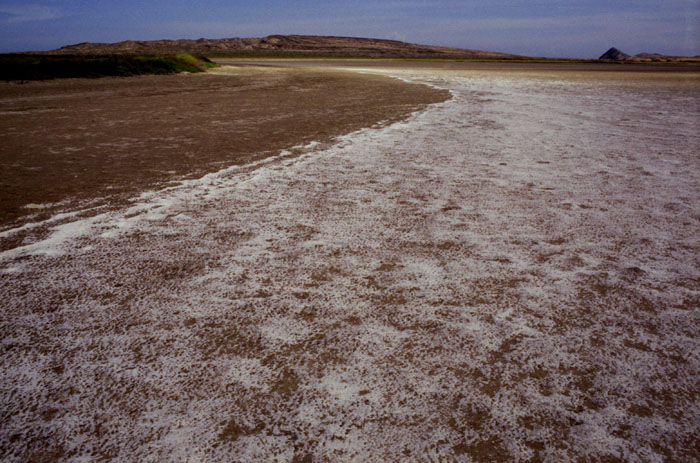
Olympus OM-2N | Fuji Reala @ 400


Olympus OM-2N | Fuji Reala @ 400

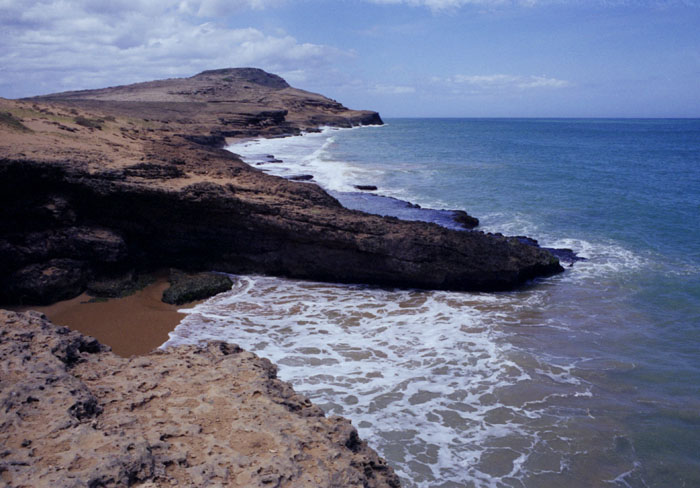
Olympus OM-2N | Fuji Reala @ 400
El Pilón de Azucar is a high, windy hill in the desert about an hour's walk from my hostal in Cabo. (Since Cabo is so spread out some hotels are only 45 minutes away). Below El Pilón is a gorgeous secluded red-sand beach.

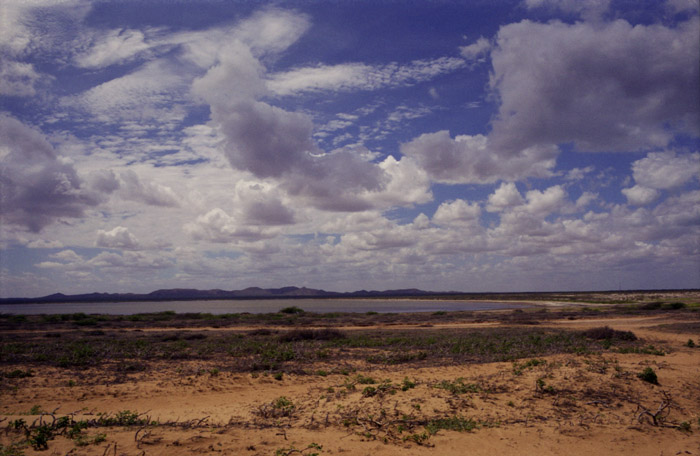
Olympus OM-2N | Fuji Reala @ 400
A freshwater lake in the middle of the desert. Supposedly good for bird-watching, but it was surrounded by some super-suction mud that I actually got stuck in for a few minutes...so I didn't get much closer than this.

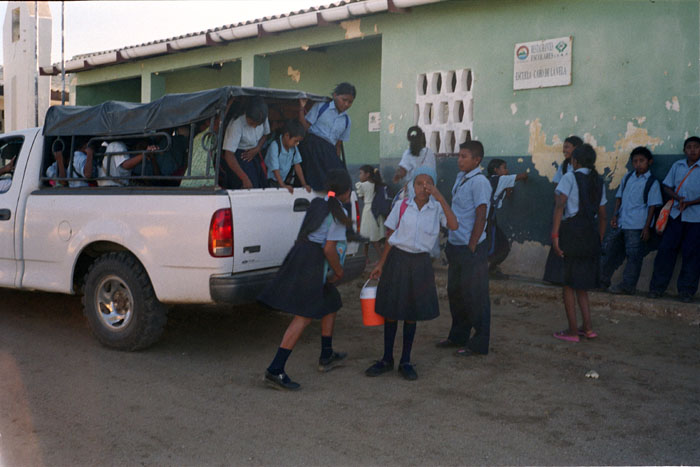
Olympus Trip 35 | Fuji Pro 800NPZ
Actually, there was also a real schoolbus. Not sure which version came from further away. The school was directly across from my hostal.

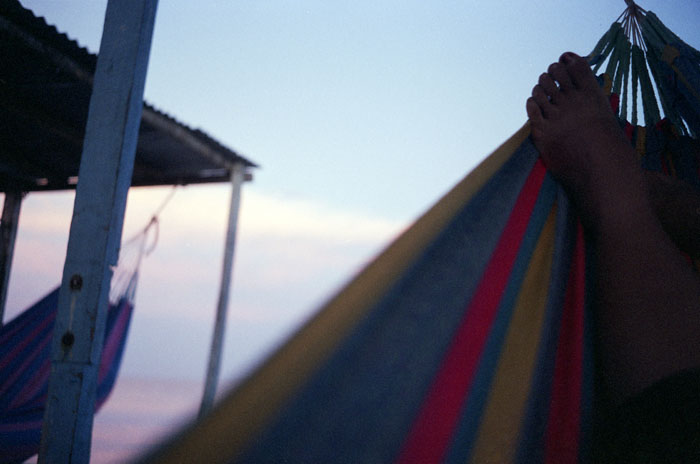
Olympus Trip 35 | Fuji Pro 800NPZ
Hamaca time.

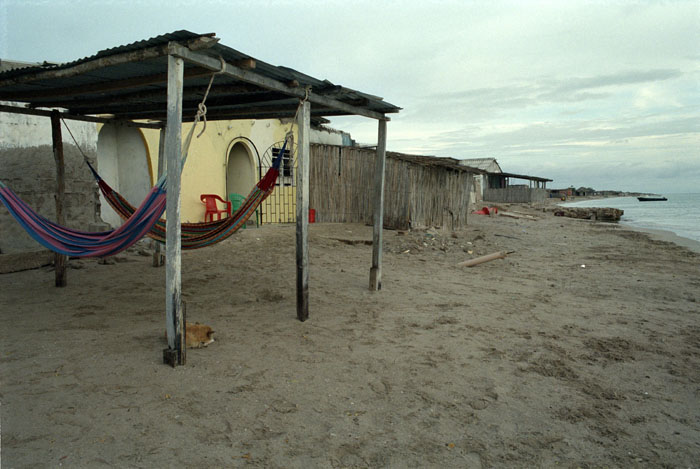
Olympus OM-2N | Kodak 400UC
Cabo de la Vela. 5000 pesos to sleep in a hammock. No running water. A disgusting bathroom that they had the gall to charge money for (although it wasn't enforced). Bucket showers you had to pay for, and that WAS enforced. (I opted out).
Um. I kind of loved it.
(And we did have langostas, for a mere 20000 pesos/$10. Yum.)

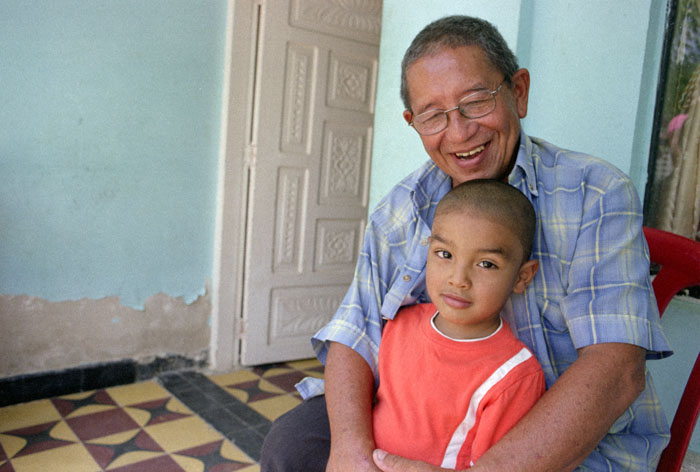
Olympus OM-2N | Fuji Pro 160S
I was intrigued by this Chinese restaurant, considering the relative remoteness of Manaure. There's chifas all over South America but I've never stopped in; out of curiosity I finally visited a restaurant in La Esperanza, Honduras a few years ago, giving the tired-looking owner's wife a chance to speak Chinese for a while. I thought this would be another opportunity to interview an immigrant in an unexpected place.
Turns out José Ching Torné is half-Chinese, born and bred in Barranquilla. His Cantonese father met his mother while vacationing in Barranquilla; the concept of a Chinese tourist in Barranquilla in the...'60s? maybe even '50s?...was baffling to me.
José couldn't have been more excited to see me, calling out "PAISANA!" while rushing to get me a chair and a delicious free mango juice. He gave me every contact detail he had, including his brother's number in Brooklyn, and told me that since his father died, he never gets to see "other" Chinese people. He showed me menus from all his cousins' Chinese restaurants, mostly in Barranquilla. When I questioned the many dubious items, he laughed and admitted it was mostly Colombian food.
José's Chinese blood was difficult to spot, but I couldn't tell him that I didn't see it. I asked him why he'd come to Manaure of all places, when the rest of his family was still in Barranquilla.
"Because there were no Chinese restaurants here," he replied. "I get to have the only one."
Ah. Now I saw it.

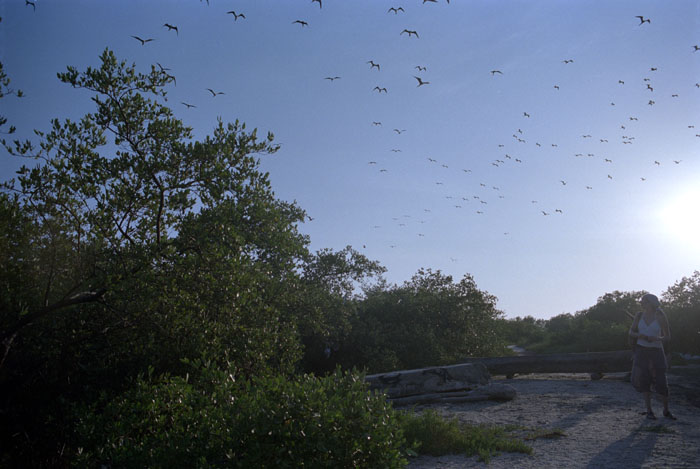
Olympus OM-2N | Kodak 400UC
A lagoon nearish Manaure, actually a semi-harrowing 30-minute motorcycle ride away. The point of going here is to see flamingos, apparently loads of them, but we were a bit late and they'd moved on for the evening. So our drivers used this time to scare other birds into flying above us...it was sort of repulsive but kind of funny because they were so childlike in their zeal.

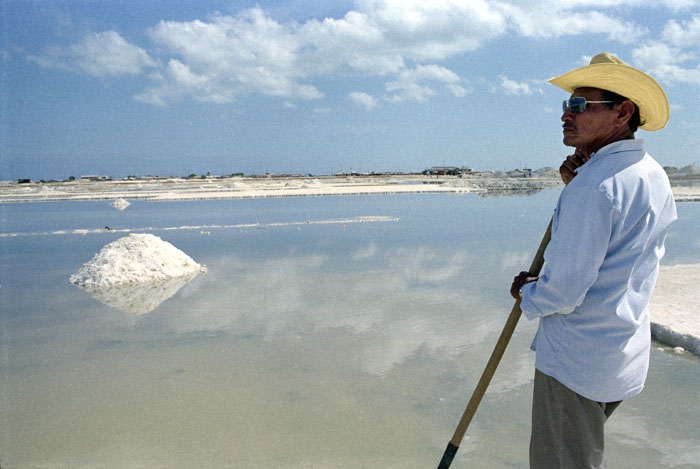
Olympus OM-2N | Fuji Pro 160S
My informal guide through the salt flats. I had been standing around snapping photos when suddenly a large man in a ski mask loomed over me. His name was Andrés, and he felt it was VERY important for me to meet Apostos. Andrés apparently could pass me off because he claimed to already have two wives.
We walked around the flats far from the other workers, me keeping one eye on his swinging shovel most of the time. Sometimes he'd drift off, as in this photo, and say dreamily, "Naaancy...quiero conocerte mejor..."
I wasn't quite sure how to take that.

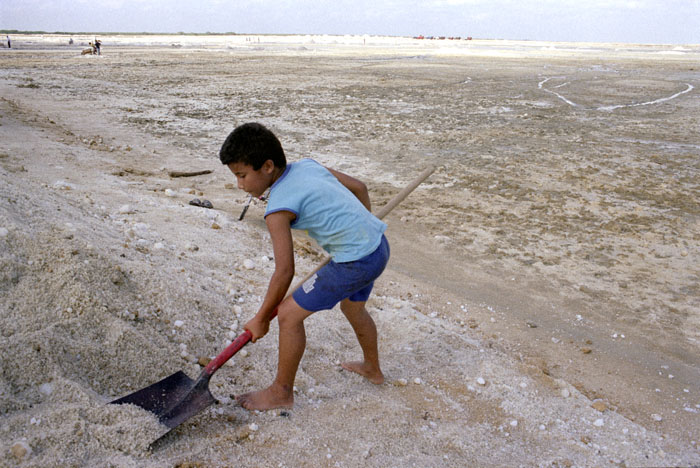
Olympus OM-2N | Fuji Pro 160S
I was assured that children do not work in the salt mines. Women don't either, officially. But it was Saturday, school was out, and whole families pitched in to help. Each Wayuu family owns a rectangle of salt, and the more they can transport to the small processing plant on the edge of town, the more money the family can take home.